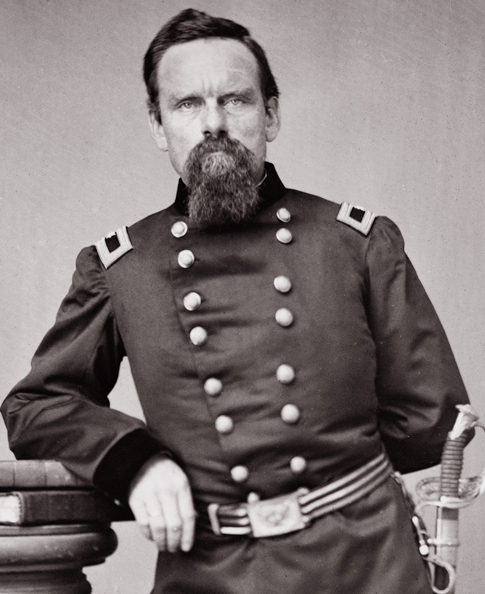5fish
Well-Known Member
- Joined
- Jul 28, 2019
- Messages
- 10,739
- Reaction score
- 4,570
Here I found a Prussian Jewish general in our Union Army...

 en.wikipedia.org
en.wikipedia.org
Peter Joseph Osterhaus (January 4, 1823 – January 2, 1917) was a German-American Union Army general in the American Civil War and later served as a diplomat.
Osterhaus died in Duisburg and was buried in Koblenz, Germany at the Koblenz Jewish Cemetery. The grave no longer exists.[4]
Snip...
Osterhaus was born in Koblenz, Rhenish Prussia, the son of Eleanora (Kraemer) and Josef Adolf Oisterhusz.[2] He attended the Berlin Military Academy and after serving for some time as a Prussian Army officer and finding himself on the losing side in the Revolutions of 1848, he immigrated to the United States in 1858 and settled in St. Louis, Missouri.
Need to read the link to learn more...

Peter Joseph Osterhaus - Wikipedia
 en.wikipedia.org
en.wikipedia.org
Peter Joseph Osterhaus (January 4, 1823 – January 2, 1917) was a German-American Union Army general in the American Civil War and later served as a diplomat.
Osterhaus died in Duisburg and was buried in Koblenz, Germany at the Koblenz Jewish Cemetery. The grave no longer exists.[4]
Snip...
Osterhaus was born in Koblenz, Rhenish Prussia, the son of Eleanora (Kraemer) and Josef Adolf Oisterhusz.[2] He attended the Berlin Military Academy and after serving for some time as a Prussian Army officer and finding himself on the losing side in the Revolutions of 1848, he immigrated to the United States in 1858 and settled in St. Louis, Missouri.
Need to read the link to learn more...





